
Al Balad, Jeddah: A Timeless Journey Through Saudi Arabia’s Historic Heart
Another place that had been on my list for so long, yet during business trips, I never had time to visit. But now I did. Here is what you need to know about this gem in Jeddah: Nestled on the Red Sea coast, Al Balad, Jeddah’s historic district, is a living testament to the region’s rich cultural heritage and architectural ingenuity. Founded in the 7th century, this UNESCO World Heritage Site has served as a vital trading port, a gateway for Muslim pilgrims, and a hub of multicultural exchange. Today, Al Balad is undergoing a remarkable transformation as part of Saudi Arabia’s Vision 2030 initiative, blending preservation with modern development to create a vibrant cultural and economic centre. In this post, we will explore the history, architecture, and cultural significance of Al Balad while delving into the ambitious restoration projects that are shaping its future.
Before you go to Saudi, make sure you get our Guide here.
A Gateway to History
Al Balad, meaning “The Town” in Arabic, is the historic core of Jeddah. It was established as a major port for Indian Ocean trade routes and became the official gateway for pilgrims traveling to Mecca during the reign of Caliph Othman ibn Affan in the 7th century. Over centuries, Al Balad flourished as a cosmopolitan hub where traders and pilgrims from Asia, Africa, and the Middle East converged.
The district’s strategic location made it an epicentre of commerce and culture. Goods from across the globe were channeled through its bustling markets, while its coral-stone buildings and wooden roshan windows became iconic features of Red Sea architecture. The opening of the Suez Canal in 1869 further cemented Al Balad’s importance as a trading city, bringing wealth to local merchants who built lavish homes adorned with intricate designs.
Despite its historical significance, Al Balad faced challenges in the mid-20th century. The oil boom led many affluent residents to move northward to modern neighbourhoods, leaving behind decaying structures and insufficient infrastructure. However, preservation efforts began in earnest in the 1970s, culminating in UNESCO recognition in 2014.
Architectural Marvels: The Rawasheen and Coral Stone Houses
One of Al Balad’s most distinctive features is its unique architecture. The rawasheen—beautifully carved wooden balconies—are emblematic of traditional Hijazi homes. These architectural elements were designed to provide shade, privacy, and ventilation in Jeddah’s hot and humid climate. The interplay of coral stone walls with dark wooden rawasheen creates an aesthetic that is both functional and visually striking.
The roshan windows are particularly noteworthy for their ability to harness cooling breezes from the northwest winds—a testament to the ingenuity of Red Sea builders adapting to extreme climatic conditions. These features are not only practical but also serve as symbols of cultural identity that link Jeddah to other Red Sea cities like Mecca and Medina.
Historic homes such as Beit Nassif exemplify this architectural style. Once owned by prominent merchant families, these homes now serve as cultural landmarks where visitors can marvel at their intricate designs and learn about Jeddah’s history.
Cultural Significance
Al Balad has always been more than just a physical space; it is a cultural crossroads where traditions converge and thrive. Its bustling souks (markets) are filled with spices, textiles, jewellery, and crafts that reflect its multicultural heritage. During Ramadan, Al Balad takes on an entirely different atmosphere—its streets quieter during the day but alive with festivities at night as families gather for iftar meals and community celebrations.
The district also holds spiritual significance as the historic gateway for millions of pilgrims traveling to Mecca by sea over centuries. This association with Hajj surrounds Al Balad with a sacred aura that resonates deeply with visitors from around the world.
Revitalisation Under Vision 2030
Saudi Arabia’s Vision 2030 initiative has placed Al Balad at the forefront of its cultural preservation efforts. The Jeddah Historic District Program aims to transform Al Balad into an international heritage destination while preserving its architectural legacy and fostering economic growth. You can see so many house being beautifully restored.
Key components of this ambitious project include:
- Restoration of Historic Buildings: Over 650 structures are being restored to their original glory using traditional materials and techniques.
- Development of Public Spaces: The creation of green spaces, pedestrian-friendly roads, and waterfront areas enhances accessibility while maintaining historical integrity. There is nothing better than walking around at sunset in Al Balad – the light is just incredible and makes it even more beautiful.
- Cultural Initiatives: Projects such as Culture Square and Artistic Sculptures celebrate local art and heritage.
- Hospitality Expansion: Boutique hotels like Beit Jokhdar, Beit Kedwan, and Beit Al Rayess offer visitors an immersive experience that blends luxury with authenticity.
By 2035, these efforts are expected to attract over 20 million tourists annually and contribute more than £43 billion to Saudi Arabia’s GDP.
Al Balad’s Hospitality Experience
One of the most exciting developments in Al Balad is the restoration of historic properties into boutique hotels that offer guests a glimpse into Jeddah’s past. For example:
- Beit Jokhdar: Featuring nine rooms with high ceilings and airy interiors, this hotel offers tranquility amidst the bustling streets of Al Balad.
- Beit Kedwan: A blend of heritage and contemporary design with rooftop terraces providing stunning views.
- Beit Al Rayess: Known for its striking architecture that bridges old-world charm with modern comfort.
These hotels not only preserve architectural history but also provide visitors with authentic experiences rooted in local culture.
My favourite:
There is a coffee shop right in the centre called: “ Heart of Al Balad” Cafe. Not only do they make the best authentic coffee – seeing the process alone is worth visiting. Aside from the great coffee you can really feel the spirit of Al Balad there – you can just sit and observe or chat to the locals. The cups are super cute and I actually took mine back to England. Right opposite is Beit Nassif where you can visit inside and learn more about the architecture and how people lived.
Challenges and Opportunities
While Al Balad’s revitalisation is inspiring, it comes with challenges such as balancing preservation with modernisation and ensuring community engagement throughout development processes. However, these efforts also present unique opportunities:
- Economic Growth: The integration of commercial spaces within restored buildings supports local businesses while attracting international investors.
- Cultural Exchange: Events like the Red Sea Film Festival hosted in Culture Square foster global collaboration.
- Sustainability: Eco-friendly urban planning ensures long-term viability without compromising heritage.
Al Balad is more than just a historic district—it is a living narrative that connects Jeddah’s past with its future aspirations under Vision 2030. From its iconic rawasheen balconies to its bustling souks filled with stories from around the world, Al Balad embodies resilience, creativity, and cultural pride.
As restoration projects continue to unfold, visitors have an unprecedented opportunity to experience this timeless gem firsthand—whether by wandering through its narrow lanes or staying at one of its boutique hotels that seamlessly blend tradition with modernity.
For those seeking an authentic journey through Saudi Arabia’s rich heritage or looking to invest in one of its most promising destinations—Al Balad stands ready to welcome you into its vibrant tapestry of history and culture.
In William Morris’ words: “All history is perpetual change.” And nowhere is this more evident than in Al Balad—a place where every stone tells a story waiting to be discovered anew! For more details and inspiration for Jeddah get our Saudi Guide here.

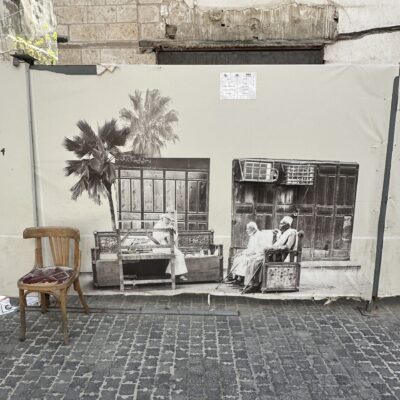

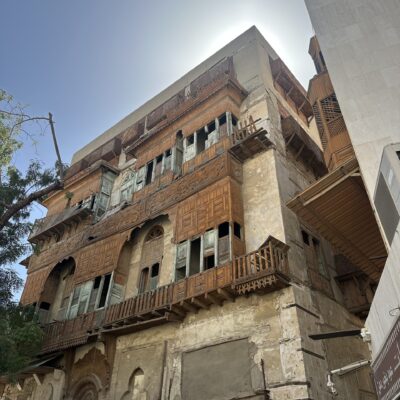
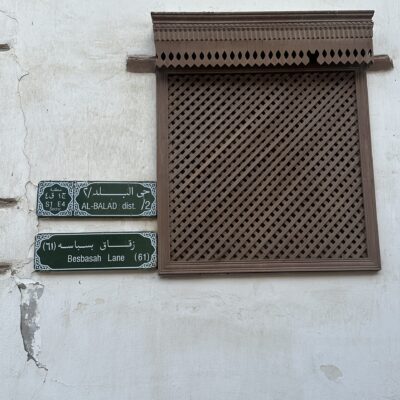
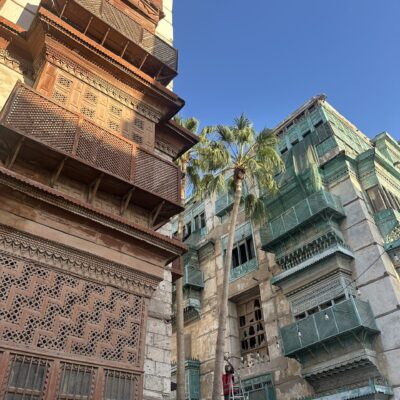
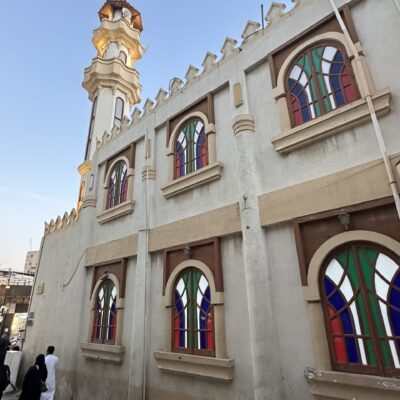
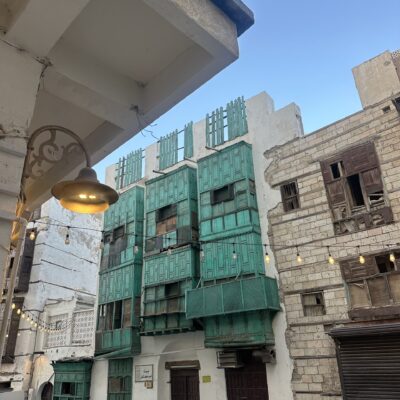
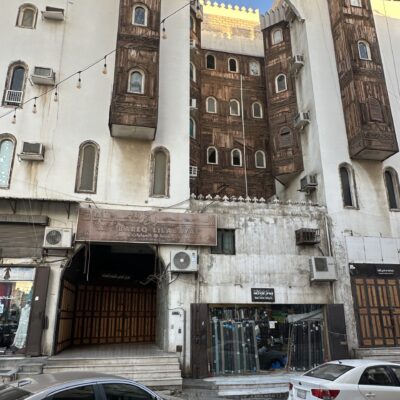
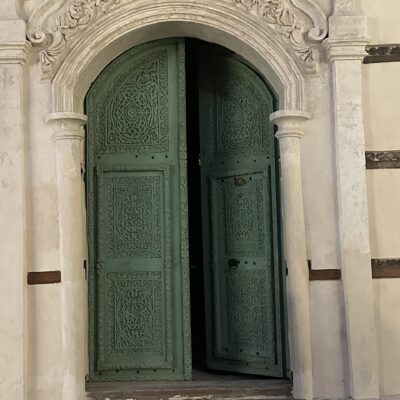
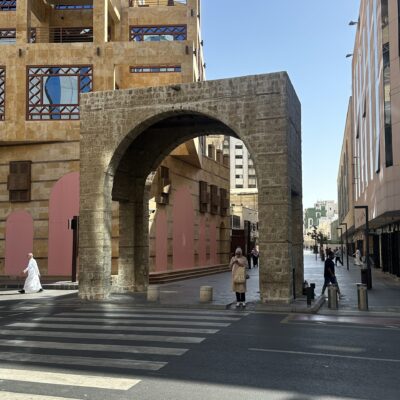
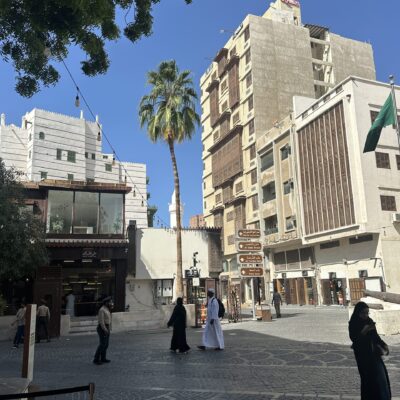
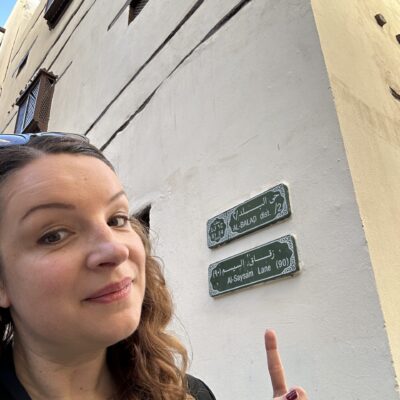


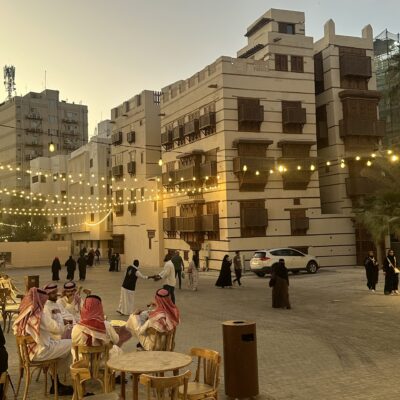
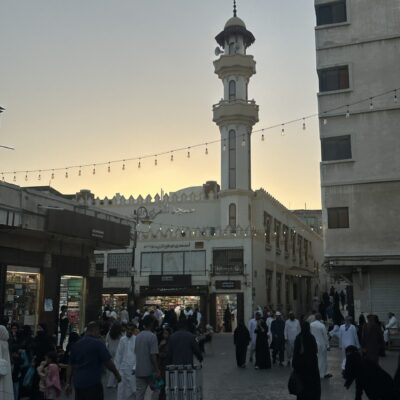
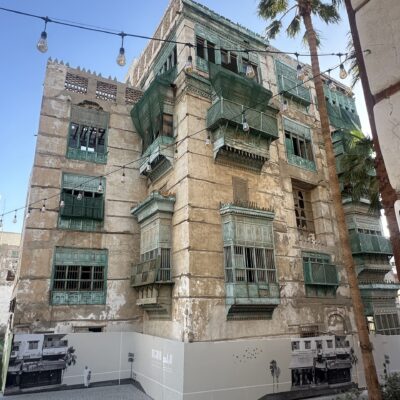
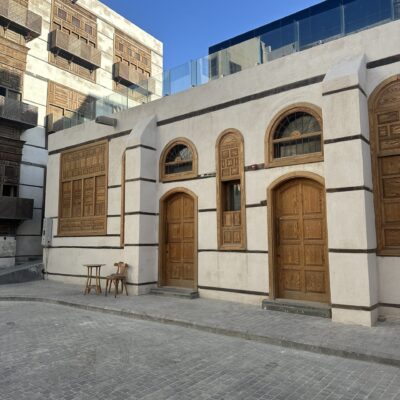
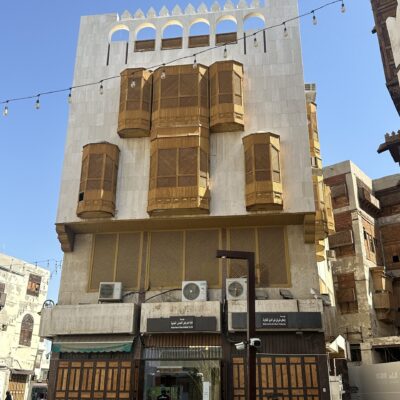
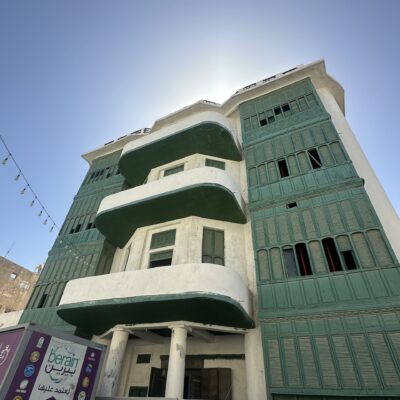
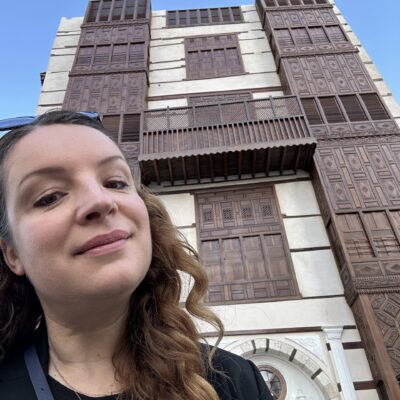
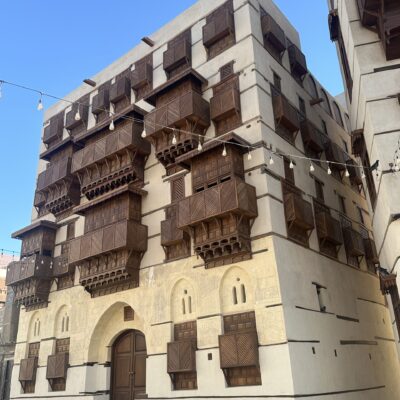
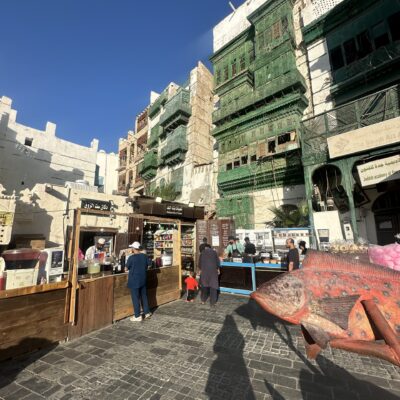
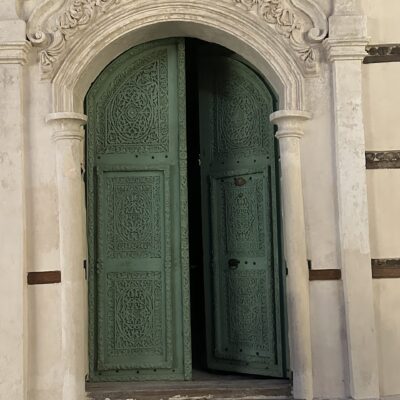
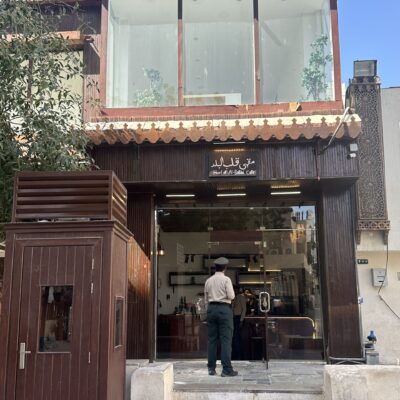
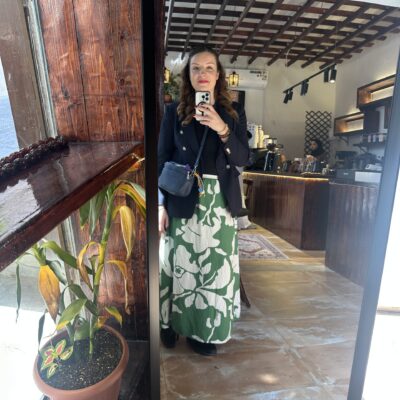
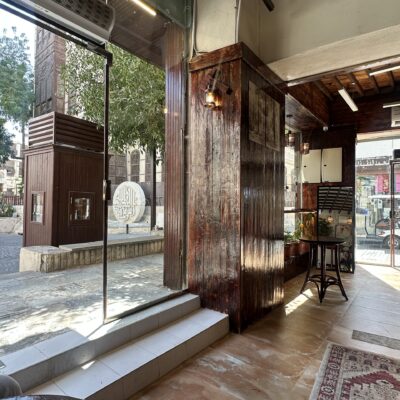
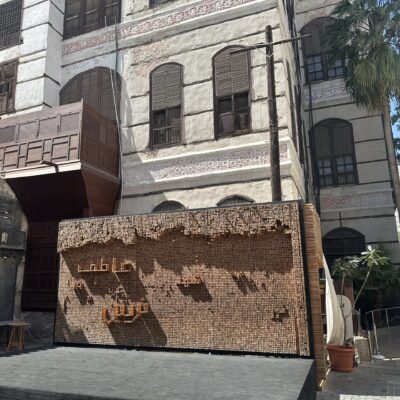


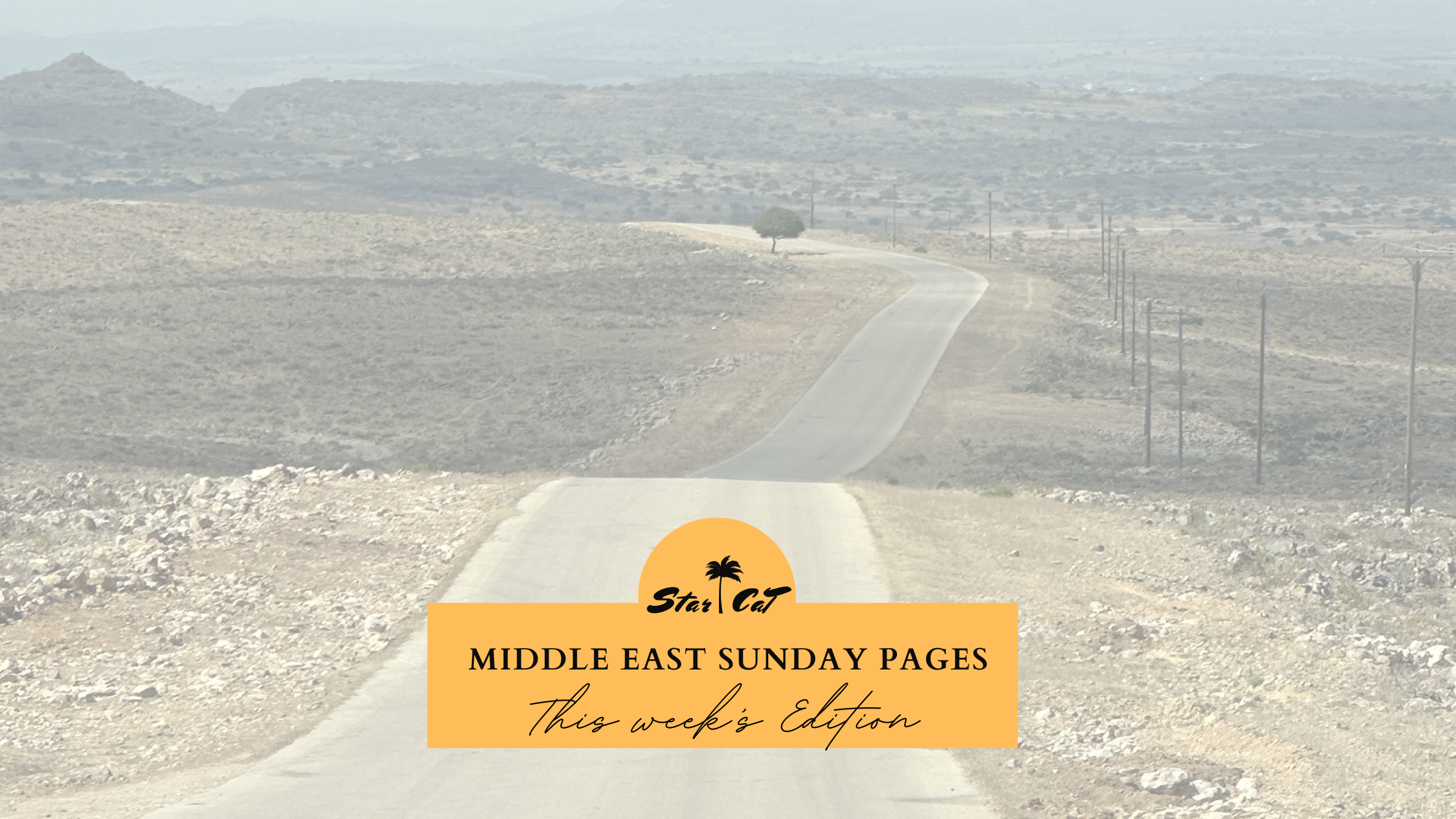
This Post Has 0 Comments